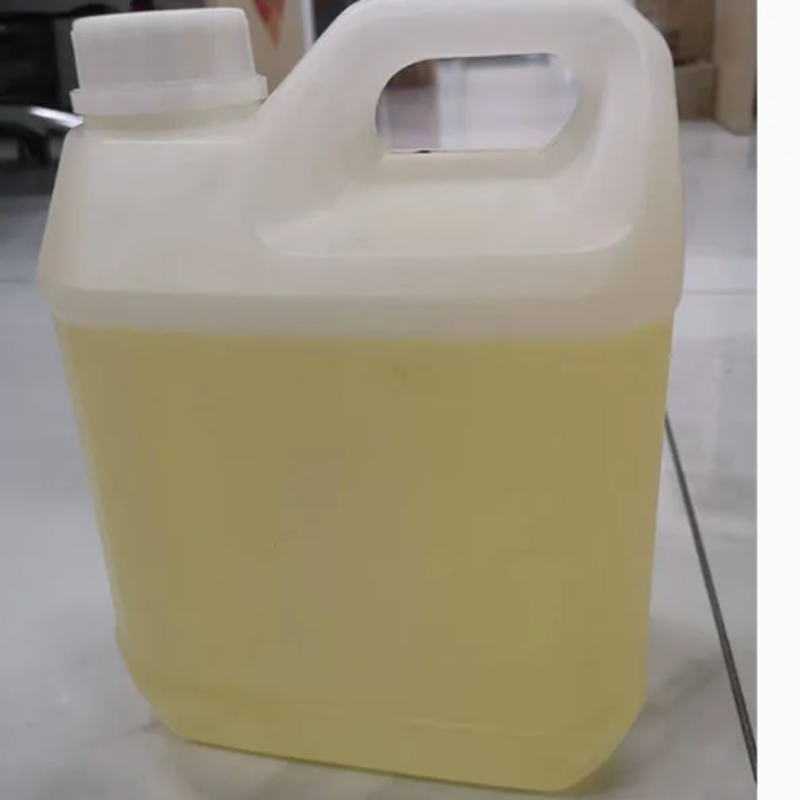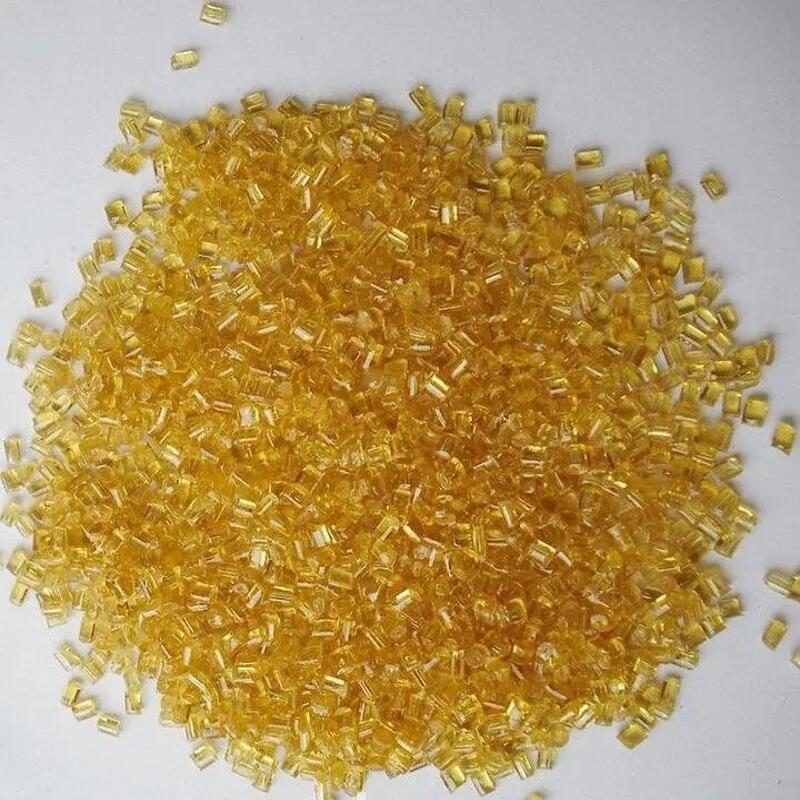-
Categories
-
Pharmaceutical Intermediates
-
Active Pharmaceutical Ingredients
-
Food Additives
- Industrial Coatings
- Agrochemicals
- Dyes and Pigments
- Surfactant
- Flavors and Fragrances
- Chemical Reagents
- Catalyst and Auxiliary
- Natural Products
- Inorganic Chemistry
-
Organic Chemistry
-
Biochemical Engineering
- Analytical Chemistry
-
Cosmetic Ingredient
- Water Treatment Chemical
-
Pharmaceutical Intermediates
Promotion
ECHEMI Mall
Wholesale
Weekly Price
Exhibition
News
-
Trade Service
According to foreign media reports, the rate of plastic deposition has increased exponentially since the end of World War II, doubling every 15 years, according to a study published in the journal Science Advances by researchers at the Scripps Institution of Oceanograp.
The scientists extracted cores of coastal sediments from 1834 to 2009 in the Santa Barbara Basin in California, USA, for analys.
They found that plastic deposition rates have increased exponentially since the end of World War II, doubling every 15 yea.
In 2010, the plastic deposits in the Santa Barbara Basin were 10 times higher than before World War II, with two-thirds of the plastic particles being plastic fibers, one-fifth of other plastic fragments, and one-tenth of plastic fil.
Plastic production rose after World War II, and scientists dubbed the period after 1945 the "Great Acceleration," and said the plastic layer could be used to mark the start of the Anthropoce.
An estimated 8 million to 17 million tons of plastic waste enter the ocean each year, causing more than $10 billion in economic damage to marine systems each ye.
Scientists predict that the growth rate of plastic deposits will continue to accelerate in the future unless there are significant changes in policy or waste manageme.







